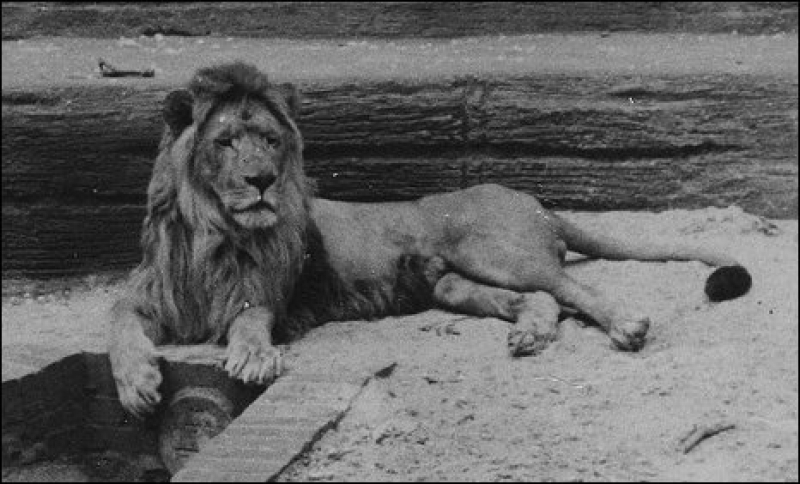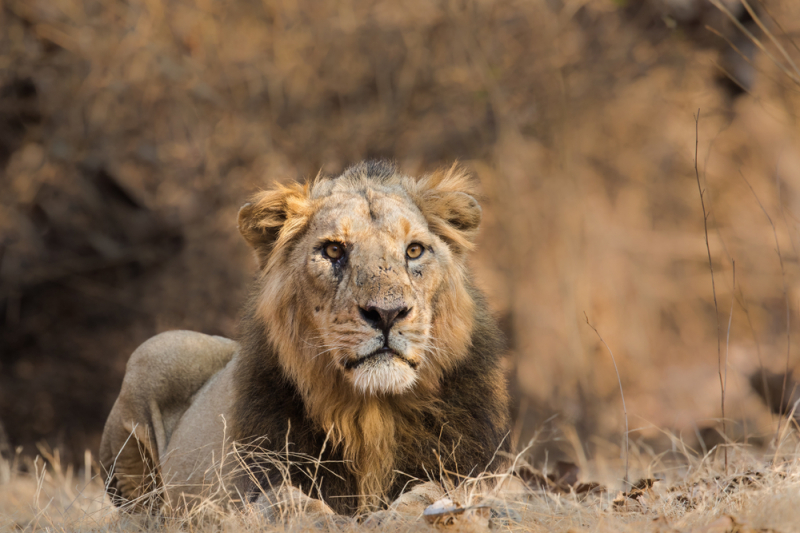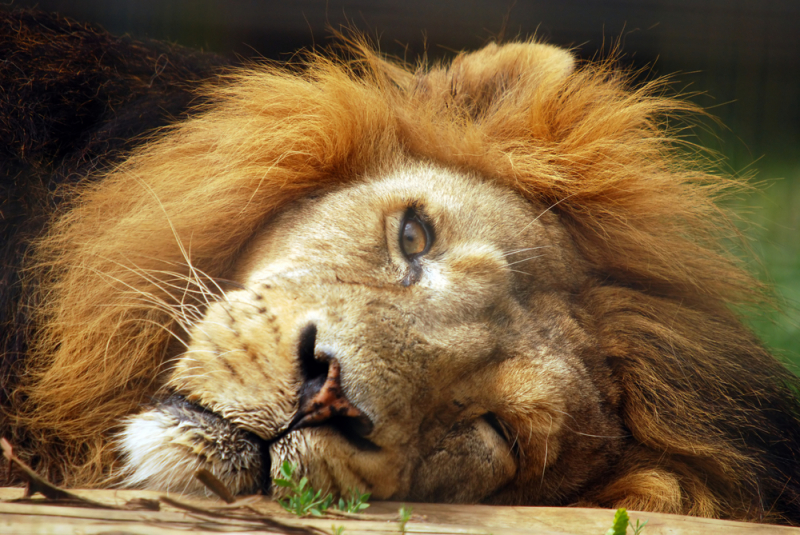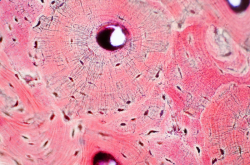King of beasts endangered
Lions are one of the most powerful and dangerous predators on the planet. Many cities and countries use lion images on their coats of arms as a symbol of power and strength. However, according to scientists, nowadays lions are in great danger of extinction. In the last two centuries, a 90% reduction in the population took place. During the last 150 years, Cape and Barbary lions were exterminated.
Today, apart from zoos, you can meet these animals only in Western and Central Africa, as well as in the Gir National Park and Wildlife Sanctuary, Gujarat, India. Previously, 20,000-50,000 years ago, the cave lion population was scattered from the Iberian Peninsula to Alaska.
To comprehend the process of reduction in the lion population and prevent their extinction, scientists need to answer several questions: when did the modern lions diverge from the cave lions of the ice age? Did extinct subspecies hybridize with ancestors of big cats that now inhabit Africa and India? And finally, did the reduction of genetic diversity that causes inbreeding and deleterious mutations take place prior to the extinction of various lion subspecies?
What the genes tell us

An international research team, which includes specialists from different countries and continents, as well as Stephen J. O’Brien, the academic supervisor of ITMO University’s Laboratory of Genomic Diversity, has analyzed the remains of cave lions kept in museums and found during paleontological expeditions. The results of the analysis were compared with those of modern lions. It was concluded that cave lions and modern species diverged about 500,000 years ago.
“We have analyzed [the genetic material of] two cave lions, three Barbary lions, two Cape lions, and 12 modern lions, which inhabit different areas,” explains Stephen J. O’Brien.
The researchers performed computer modeling. Its results demonstrate that right after the divergence of species during the Pleistocene, there was almost no interspecific hybridization between the ancestors of modern lions and their (at that point, quite close) relatives – cave lions, even though their habitats used to be intersected. What’s even more surprising is the fact that the hybridization of big cats has been previously described in research papers. At this point, the researchers don’t have an explanation why the cave lions have ignored their closest relatives. Possibly, there was some sort of an obstacle that is yet to be detected.

The scientists have also discovered that lion ancestors which used to live in Central and Western Africa diverged from the ancestors of subspecies that used to inhabit Northern Africa, and now inhabit India, about 70,000 years ago. A quite popular myth about lions being artificially brought to India in the pre-colonial era is therefore proved to be false.
This research may have a direct impact on the attempts of the restoration of the Northern-African lion population. If the scientists manage to determine the closest relatives of the Barbary subspecies, it will make the restoration more scientifically substantiated and possibly more successful. All the more so due to the fact that in various zoos there are animals which are considered to be derived from Barbary lions gifted to Moroccan rulers in the 19th century.
The problem of diversity

One of the important conclusions that the scientists came to is that there is no clear evidence that cave lions, which went extinct 10,000-15,000 years ago, or Cape and Barbary lions, which went extinct recently, had a problem with genetic diversity. It means that their extinction evidently was not caused by degeneration and accumulation of deleterious mutations in the population.
However, the reduction in genome diversity can be clearly detected in the modern population of Indian lions. As they have been living in a comparatively small area for centuries, inbreeding often took place. This resulted in cranial defects, low sperm count and testosterone levels, as well as smaller manes. These facts should be taken into consideration during the attempts to save the Indian lion population from extinction.
“The obtained results demonstrate the power given to us by the era of genome research. We can apply it to discover the secrets of the past by reading the fragments of DNA taken from modern species’ ancestors. Apart from that, a troubling reduction in Indian lion genetic material was proved,” Stephen J. O’Brien concludes.
The article: Marc de Manuel, Ross Barnett, Marcela Sandoval-Velasco, Nobuyuki Yamaguchi, Filipe Garrett Vieira, M. Lisandra Zepeda Mendoza, Shiping Liu, Michael D. Martinf, Mikkel-Holger S. Sinding, Sarah S. T. Mak, Christian Carøe, Shanlin Liu, Chunxue Guo, Jiao Zheng, Grant Zazula, Gennady Baryshnikov, Eduardo Eizirik, Klaus-Peter Koepfli, Warren E. Johnson, Agostinho Antunes, Thomas Sicheritz-Ponten, Shyam Gopalakrishnan, Greger Larson, Huanming Yang, Stephen J. O’Brien, Anders J. Hansen, Guojie Zhang, Tomas Marques-Bonet, and M. Thomas P. Gilbert. The evolutionary history of extinct and living lions. Proceedings of the National Academy of Sciences of the United States of America, 2020/10.1073/pnas.1919423117





